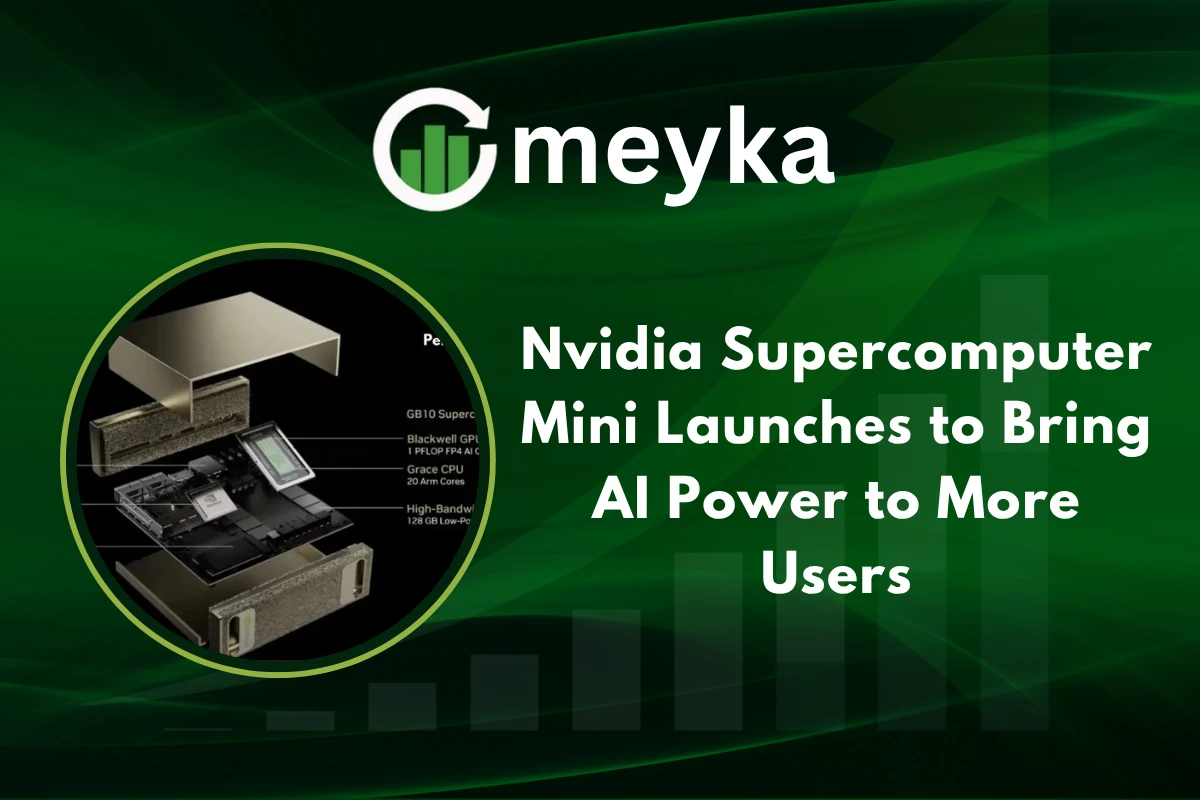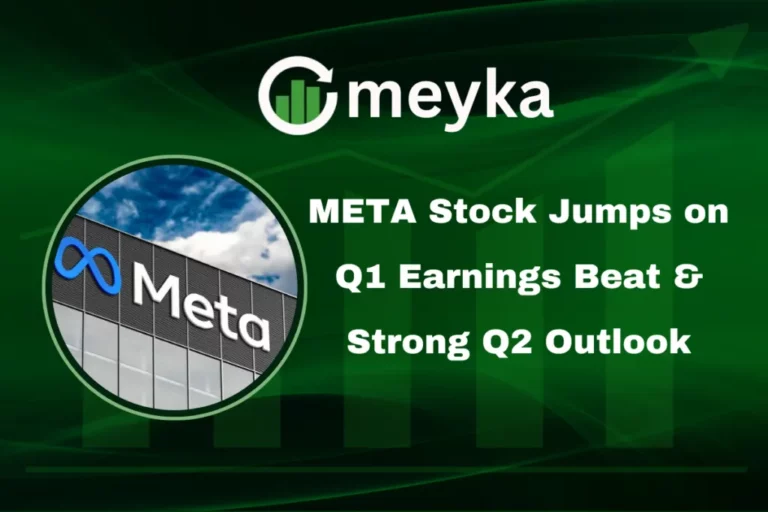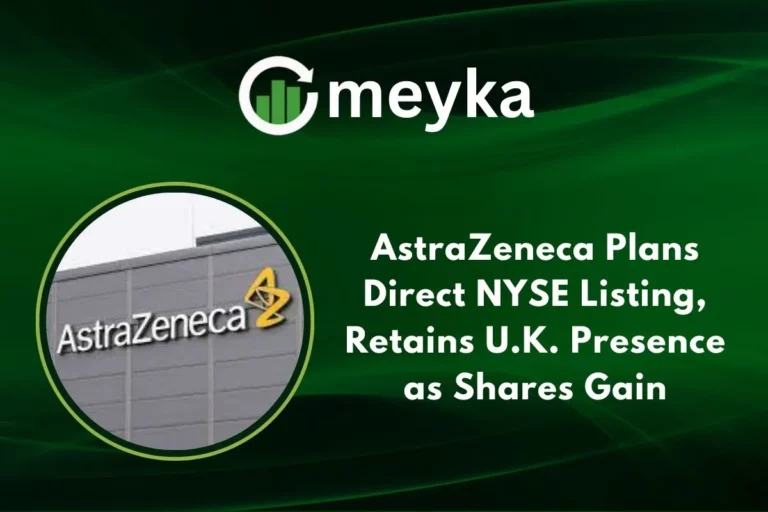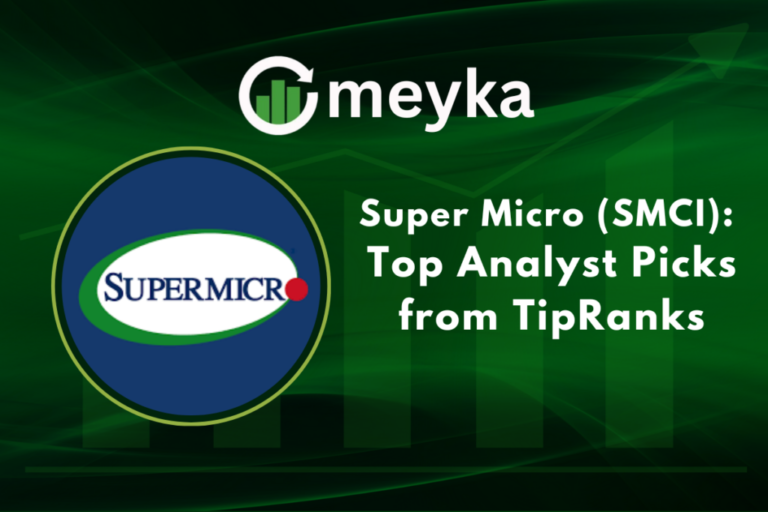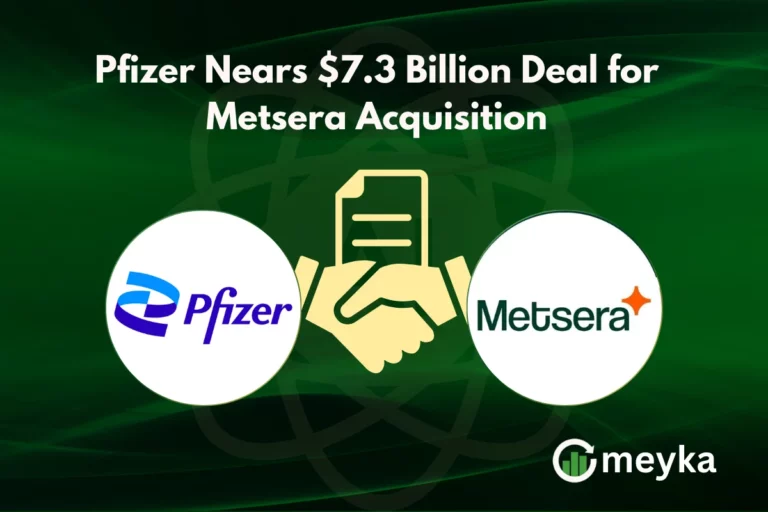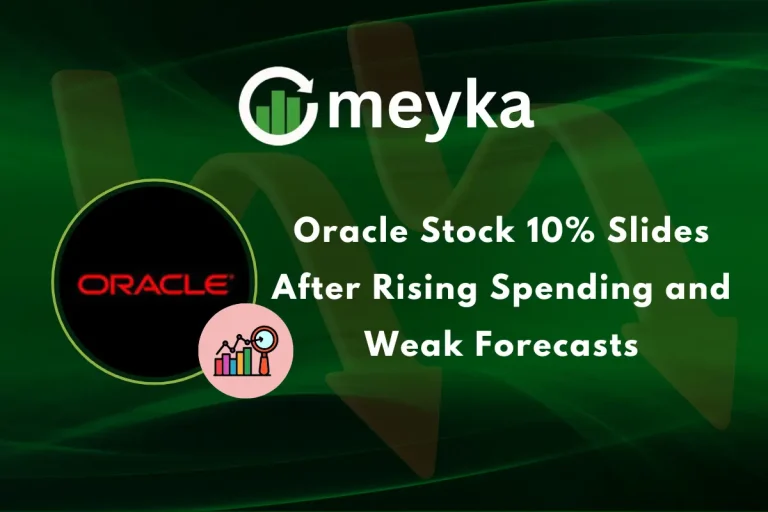Nvidia Supercomputer Mini Launches to Bring AI Power to More Users
The DGX Spark Mini, also called the Nvidia Spark, officially launched on October 15, 2025, marking a big step in making advanced AI hardware more available. The Nvidia Supercomputer mini is meant for smaller labs, startups, classrooms, and advanced personal users who need strong local compute without a large data center.
Nvidia confirmed the launch via its newsroom tweet, and the product is aimed at moving high-end AI computing beyond enterprise labs, into desks and offices.
The goal is simple: bring powerful AI to more people, faster, and closer to where models are built.
Nvidia Supercomputer Mini: A New Era of Personal AI Computing
The Nvidia Supercomputer mini, known as the DGX Spark Mini, is a compact version of Nvidia’s DGX line, built for AI developers, researchers, and startups. It packs Blackwell generation GPUs, Grace family CPUs, and a software stack tuned for local LLM fine-tuning, generative AI tasks, robotics, and edge AI workloads.
This unit aims to let teams test and run modern models without depending only on cloud GPUs. Early coverage and specs show the device delivers petaflop-class performance in a desktop form factor, with unified memory and NVMe storage that fit research needs.
What do experts say about the launch? Many in the AI research community shared excitement online, highlighting that small labs now get serious compute on-site, see the tweet from AskPerplexity here:
This reaction shows demand for local AI systems is real.
Why did Nvidia build a smaller AI supercomputer?
Nvidia’s goal is to democratize AI power because not every team needs or can afford a full-scale data center. A local machine speeds iteration, cuts cloud costs, and reduces latency for real-time tasks.
Nvidia has repeatedly said many users benefit from local compute for testing and prototyping, and the mini delivers that in a compact package.
Key Features of the Nvidia Supercomputer Mini
The Nvidia Supercomputer mini brings several headline features to small teams:
- Compact form factor, delivering DGX-level compute efficiency in a device sized for a desk.
- Energy-efficient design, suitable for offices and university labs.
- Preloaded Nvidia AI Enterprise software, easing model deployment and development.
- NVLink and fast I/O, allowing units to be clustered for larger tasks.
- AI performance that rivals small data center clusters for many common workloads.
These features combine to make GPU acceleration, LLM training systems, and edge AI deployment easier for mid-tier users than before.
Hardware briefs and hands-on reviews describe the unit’s Blackwell GPU and Grace CPU pairing as the heart of the system, optimized for unified memory and fast model loading.
How powerful is it compared to larger DGX systems?
The mini does not replace full DGX clusters like the DGX GH200, yet it delivers a large slice of that power, often estimated around sixty to seventy percent for many AI tasks, at a much smaller cost and footprint.
Nvidia’s demos emphasize putting significant AI power into more hands, not removing the need for cloud clusters for the largest models.
Nvidia Supercomputer Mini Launch Event and Global Reactions
The official launch on October 15, 2025, was widely covered, with industry watchers calling it a defining moment for desktop AI.
The announcement and follow-up posts showed a strong positive reaction, including a notable tweet calling it a “Mac Pro moment for AI” from SawyerMerritt, see
Coverage from major outlets framed the launch as part of Nvidia’s strategy to broaden its AI hardware footprint, and YouTube livestreams and demos illustrated real-world uses for developers and researchers.
What makes the Nvidia Supercomputer Mini special?
It bridges the gap between enterprise-grade AI clusters and personal AI machines. It is scalable through NVLink, affordable relative to full clusters, and tight with Nvidia’s CUDA and software ecosystem, which gives developers familiar tools for model work.
Analysts see it as a pivotal shift in AI hardware democratization.
Use Cases: From Classrooms to Startups
Who benefits from the Nvidia Supercomputer mini? Most directly: AI research institutions testing models locally, startups building custom generative AI tools, universities teaching hands-on AI labs, and developers creating robotics or edge applications. Nvidia also announced pilot programs with academic partners and select enterprise labs to refine workflows and curriculum. These collaborations aim to get the mini into classrooms and labs quickly.
How could small businesses use the Nvidia Supercomputer Mini? They can train domain-specific chatbots, fine-tune vision models, and run speech tools locally, reducing cloud costs and improving data privacy. Local inference and quick iteration are the biggest gains.
Will this affect cloud GPU demand?
Local AI computing will grow, yet cloud GPUs remain essential for massive model training and global services. The mini complements cloud offerings, letting teams mix local prototyping with cloud scale when needed.
Analysts’ Take: Market Impact of Nvidia Supercomputer Mini
Analysts at major outlets expect the product to expand Nvidia’s addressable market into education, small labs, and mid-market R D, while strengthening Nvidia’s ecosystem play.
The mini can increase demand for GPU-based computing hardware, and analysts note a likely uplift in Nvidia’s AI hardware dominance as more users adopt DGX-class tools. Early market moves showed a positive investor reaction on announcement day.
Could this boost Nvidia’s AI hardware dominance?
Yes, experts say extending the DGX series to mid-tier users deepens platform lock-in, encourages software adoption, and raises switching costs for rivals.
What Experts Are Saying About the Nvidia Supercomputer Mini
Experts summarize the product as a game changer for small-scale AI development, reducing infrastructure costs while enabling near-real-time model training. Many expect competitors like AMD and Intel to explore similar compact AI systems, yet Nvidia’s early lead and ecosystem give it a head start.
Community reviews and LMSys deep dives provide technical verification of the mini’s specs and performance claims.
Will competitors respond soon?
Likely yes, but Nvidia’s software and partner network make replication hard to match quickly.
Conclusion
The Nvidia Supercomputer mini launch marks a major step toward making enterprise-level AI performance available to individuals, labs, and small teams. It packs Blackwell GPUs, Grace CPUs, and a full Nvidia software stack into a small, energy-efficient box that fits on a desk.
This release signals a new phase in AI democratization, where powerful local compute is no longer only for large data centers.
The future of personal AI computing looks brighter and more accessible, as Nvidia continues to push hardware and software together to lower barriers for real-world AI innovation.
FAQ’S
The $3000 personal supercomputer from NVIDIA refers to the Nvidia Supercomputer Mini (DGX Spark Mini), a compact AI workstation designed for developers, startups, and small labs. It delivers enterprise-level AI power in a desktop-sized form.
Yes, according to Nvidia’s internal benchmarks, the DGX Spark Mini can deliver up to 1000x the AI performance of a standard consumer laptop, thanks to its Blackwell GPUs and Grace CPUs.
The Nvidia $249 AI computer refers to the Jetson Orin Nano, a low-cost AI development board made for students, hobbyists, and robotics engineers. It’s separate from the Nvidia Supercomputer Mini, which targets professional AI workloads.
The Nvidia Supercomputer Mini starts at around $3000, while larger DGX systems like the DGX GH200 can cost over $400,000. Pricing depends on GPU configurations and enterprise support packages.
As of 2025, the most powerful supercomputer is Frontier, developed by Oak Ridge National Laboratory using AMD CPUs and GPUs, reaching over 1.6 exaFLOPS.
NASA’s current supercomputers use a mix of Nvidia A100 Tensor Core GPUs and AMD EPYC processors to handle simulations, weather forecasting, and AI-driven space research.
Disclaimer
The above information is based on current market data, which is subject to change, and does not constitute financial advice. Always do your research.
